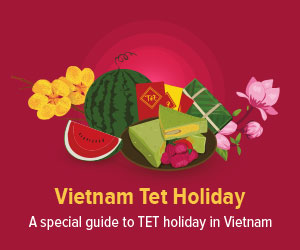Mid-Autumn Magic: Vietnam’s Full Moon Festival
Every 15th of the Lunar August, usually around the end of September, countries across Asia celebrate the Mid-Autumn, or Full Moon Festival.
Vietnam continues to embrace its rich traditions, with millions of locals and expatriates gathering at home with family and friends to celebrate one of the most enchanting full moons of the year. Here’s what you need to know about one of Vietnam’s most revered holidays.
Where Did It Originate?
The full moon of the lunar month of August has been celebrated for approximately 20,000 years across East Asia. Known as Tsukimi in Japan and Chuseok in North and South Korea, this date corresponds to when the moon is at its lowest angle relative to the horizon, creating the illusion of a larger, brighter moon than at any other time of the year. People traditionally gather to observe this celestial event, expressing hopes for prosperity and good fortune.
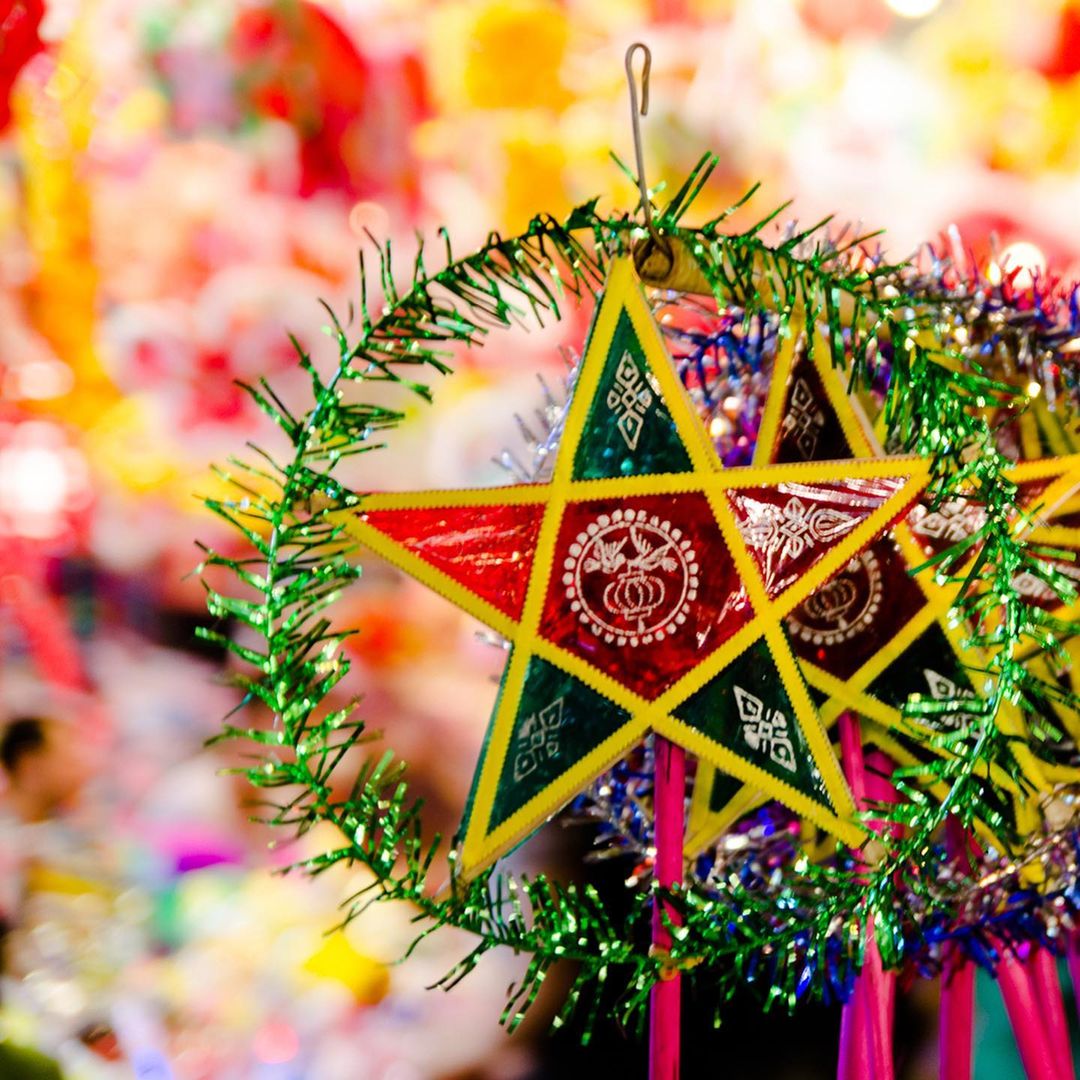 In the past, children carried star lanterns and joyfully paraded through town - Photo: @moontruong.beauty
In the past, children carried star lanterns and joyfully paraded through town - Photo: @moontruong.beauty
The legend associated with this holiday dates back to the 8th century. According to ancient folklore, Emperor Duong Minh Hoang was taken to the moon with the help of a magician, where he witnessed a stunning dance performed by fairies. Inspired by what he saw, he adapted their dance, merging it with a local style known as Ba Lon. This blend of dance and music spread throughout his empire, giving rise to the traditions of moon gazing, singing, and dancing.
How Is It Celebrated?
With a population of about 98 million, Vietnam's Mid-Autumn Festival celebrations vary greatly depending on the region, community, and family traditions. However, mooncakes are a staple in every household during the festival. These round, dense pastries are often adorned with intricate patterns on their crusts. Common fillings include lotus seed paste, red bean, black sesame, and even savory options like egg yolk and meat. In the weeks leading up to the festival, vibrant mooncake stalls spring up across cities, where patrons buy them in bulk for gifting.
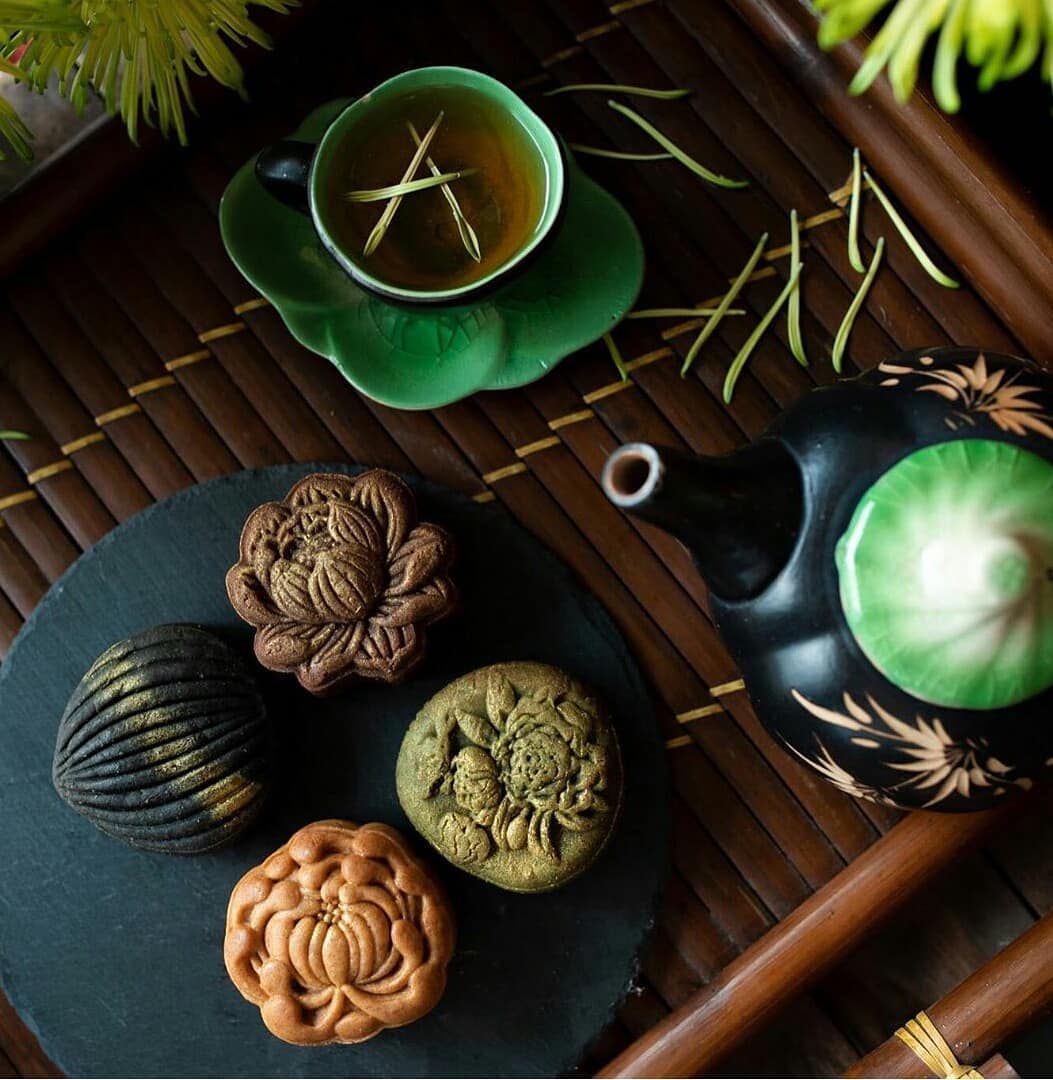 Mooncake and tea are special treats for Trung Thu - Photo: @guri.vietnam
Mooncake and tea are special treats for Trung Thu - Photo: @guri.vietnam
Another signature tradition of the holiday is the display of colorful lanterns, often shaped like stars, moons, or flowers. On festival day, children parade with these lanterns during processions filled with music and laughter while donning vibrant animal masks. Dragon and lion dances are also integral to the festivities, alongside the burning of incense, which creates a delightful aromatic experience throughout the streets.
Why Is It Important?
Similar to Thanksgiving in the United States, the Mid-Autumn Festival is a time for family reunions, allowing members to express gratitude for the year that has passed. The younger generation pays respect to their elders, while the older generation reciprocates this respect to the youth.
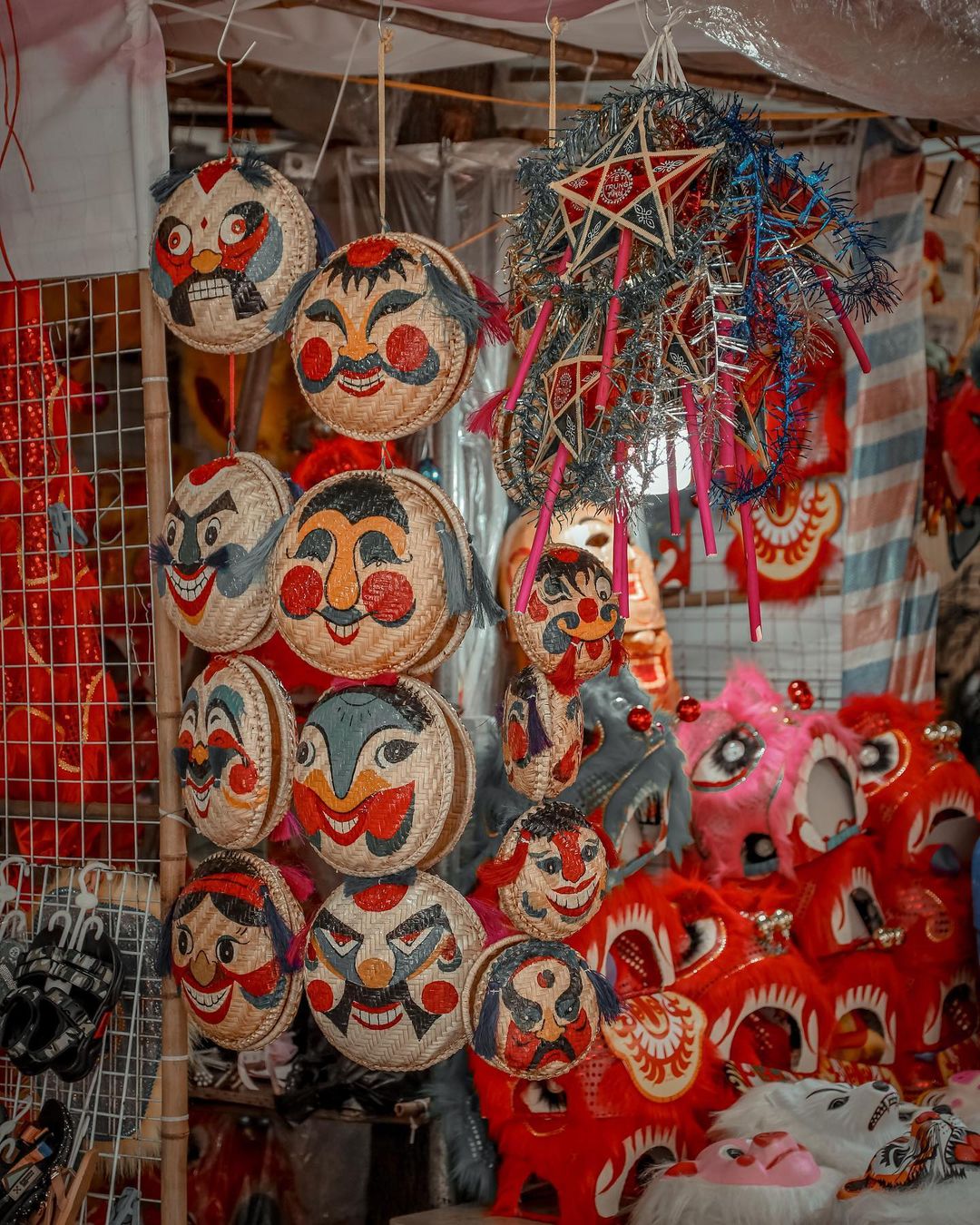 Decorations on Hang Ma street during the festive season - Photo: @nhat.bun
Decorations on Hang Ma street during the festive season - Photo: @nhat.bun
As the festival coincides with the start of the new academic year, it is common for children and teenagers to receive gifts like new school supplies and clothes. Traditionally, the festival also marks the end of the harvest season, where families share homegrown produce and local wines.
Where To Get The Best Experience Of The Festival?
If you have the opportunity, Hoi An remains an exceptional place to celebrate the Mid-Autumn Festival. Renowned as the City of Lanterns, visitors during the festival will witness the town dimming all electric lights to showcase only lanterns, candles, and the brilliant light of the moon. Festive crowds gather, chattering and singing while basking in the warm glow of the year’s most spectacular moon, a tradition upheld for millennia.
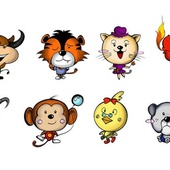
11 Horoscopes In The Year Of The Dragon
The dragon year can be a booster-for-all for all other zodiacs.
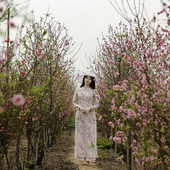
Vietnam's 5 Most Important Festivals & Travel Tips
Vietnam's cultural richness stands out with a variety of traditional festivals.

Kinh People
Vietnam is known for its cultural diversity with 54 ethnic groups, in which, Kinh or Viet people accounts for nearly 90% of the whole population.



